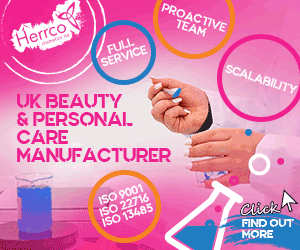There is a lot of pressure on sunscreen makers: first and foremost, the product has to perform in real-life conditions.
While a formula will, of course, have been vigorously tested to ascertain the protection factors on its label, no laboratory can account for variables like wriggly children running off mid-application, not to mention holiday makers who know they should reapply sunscreen post-swim, but don’t.
To ensure optimal consumer compliance, it is vital that applying sunscreen be a pleasure, rather than a chore – and both the formula and packaging play a role here.
Moreover, the choice of pack should be optimally suited to the type and texture of protective product.
“A sun care formula can have different textures and galenics, for example, lotions, oils, water mists or foams,” note Aptar Beauty + Home’s Madalina Dragan, Director of Marketing, Personal Care & Home Care, and Florence Roullet, Applied Sciences Director, who stress the need for “an adapted pack for each galenic”, be this airless, lotion pump, spray pump, a closure or aerosol.
Useful attributes, according to Dragan and Roullet, include “targeted application and a controlled dosage” with a narrow or large diffusion spray, depending on the skin areas requiring protection, which will differ for the face and body, and for targeted areas, such as scars or tattoos.
Additional must-haves, meanwhile, encompass being “on-the-go, e-commerce capable, sustainable [and] convenient to use even with greasy fingers”, they say.





